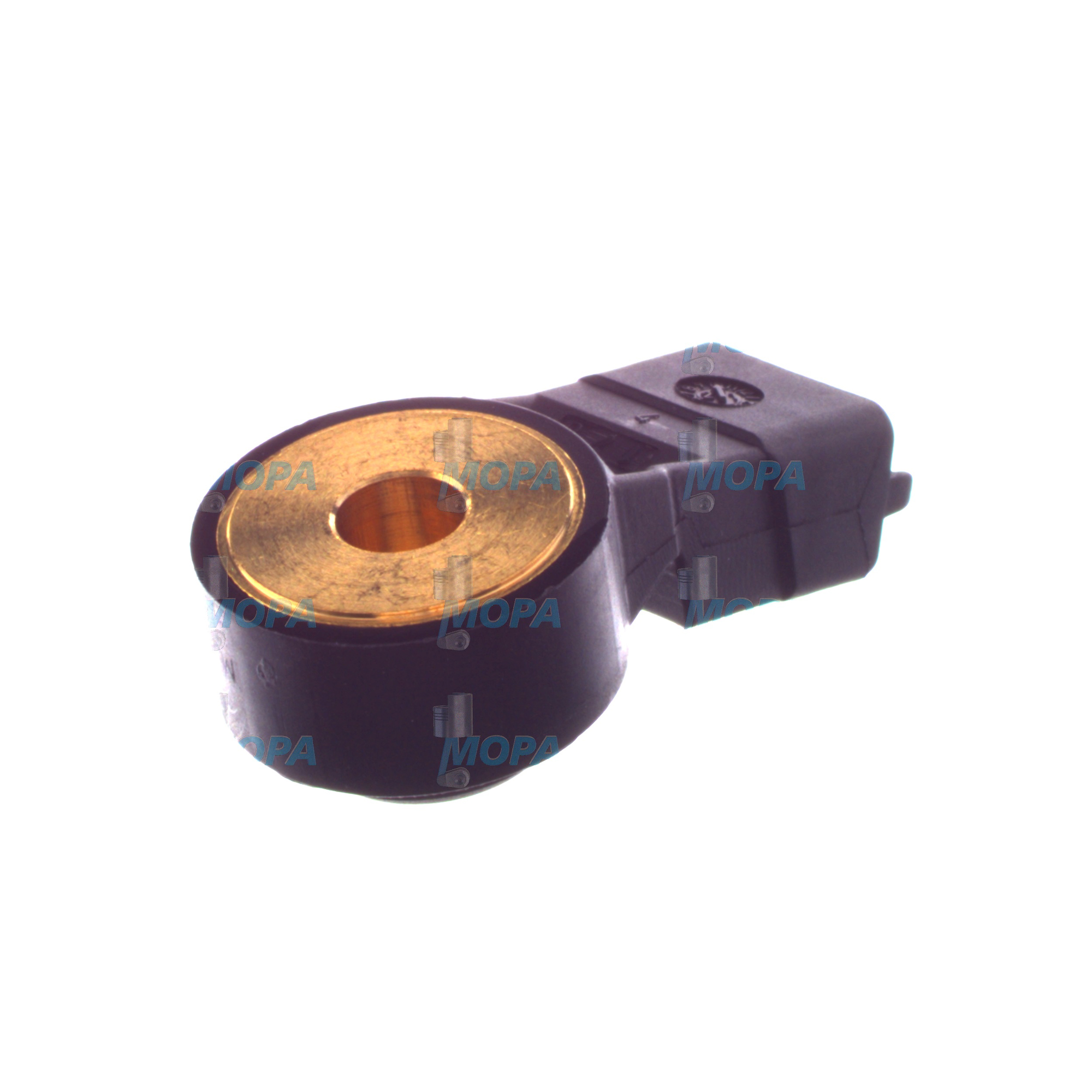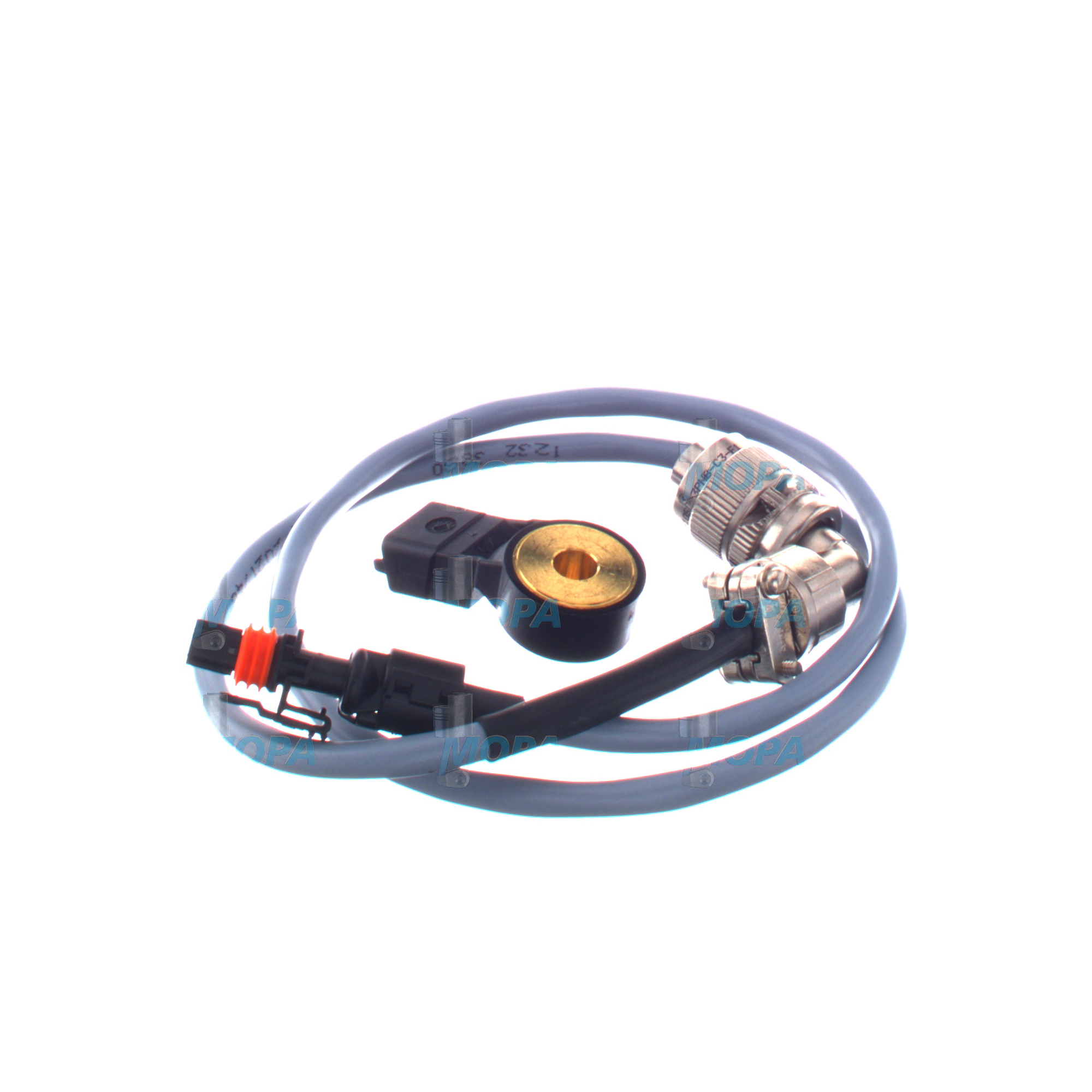KNOCK SENSOR Gauges and Sensors for Reliable Engine Monitoring
Gauges and sensors are the eyes and ears of every power unit, translating real-time operating conditions into actionable data. As a comprehensive article category, Gauges and Sensors includes pressure transmitters, temperature probes, flow and level measurement, speed and vibration sensing, and the critical KNOCK SENSOR that protects combustion quality. Together, these components enable engineers and operators to run marine, diesel, and gas engines at peak efficiency while maintaining strict safety margins.
In marine engine rooms, on power barges, and in industrial plants, decisions are only as good as the measurements behind them. A KNOCK SENSOR complements the wider suite of gauges and sensors by detecting abnormal combustion events that can quietly erode performance and damage key components. Whether data is displayed on panel gauges or fed into an engine control unit (ECU), high-quality sensing and indication equipment is an essential foundation for uptime, fuel economy, and compliance.
Technical Function: How Gauges and Sensors Work with the KNOCK SENSOR in Marine and Diesel Engines
Gauges and sensors convert physical phenomena—pressure, temperature, vibration, speed, and chemical composition—into electrical signals that an ECU or monitoring system can interpret. Pressure sensors stabilize fuel-rail control and lube oil protection; thermocouples and RTDs manage cooling water, charge air, and exhaust temperature; flow and level sensors safeguard fuel transfer and lubrication; tachometers and phase sensors align timing. The KNOCK SENSOR adds a crucial layer: it identifies the high-frequency vibration signature of detonation or pre-ignition within the cylinder block. In a diesel engine, this signal enables the ECU to adapt injection timing, rail pressure, or cylinder balancing to prevent damage. In a gas or dual-fuel marine engine, the same KNOCK SENSOR input prevents over-advanced ignition and protects pistons and valves. For operators sourcing KNOCK SENSOR OEM parts, signal fidelity and calibrated sensitivity are central to stable combustion control.
Signal Path and Calibration: From KNOCK SENSOR to ECU
The KNOCK SENSOR is typically a piezoelectric device bolted to the engine block. Combustion knock generates acoustic energy in a distinct frequency band; the sensor produces a proportional electrical signal. Shielded harnesses carry this signal to a knock controller or ECU, where band-pass filters, windowing, and adaptive algorithms separate true knock from background mechanical noise. The controller then adjusts timing or injection on a per-cylinder basis. Other gauges and sensors follow similar principles—accurate transduction, robust cabling, and noise-immune electronics—ensuring the ECU and human-machine interfaces present trustworthy values. Proper calibration, thermal compensation, and EMC compliance are essential so that a KNOCK SENSOR in a marine engine remains accurate during hot restarts, heavy seas, and long service intervals.
· Fast response for real-time control and trips.
· High accuracy across wide temperature ranges.
· Rugged housings for vibration and salt-laden atmospheres.
· EMC/EMI robustness for engine room environments.
· Stable calibration with low long-term drift.
· Clear indication via analog or digital gauges.
· Seamless ECU integration and standardized connectors.
· Diagnostics support for predictive maintenance.
· Compatibility with diesel, gas, and dual-fuel engines.
· Proven materials for corrosion and oil resistance.
Importance for Engine Operation and Service Life: Gauges and Sensors with KNOCK SENSOR
Reliable measurements are fundamental to engine protection and lifetime economics. When a KNOCK SENSOR performs correctly, it prevents detonation from escalating into piston crown erosion, ring land cracking, bearing overload, and turbocharger stress. Accurate pressure and temperature feedback keeps cooling and lubrication within design limits, avoiding scuffing, thermal fatigue, and gasket failures. Consistent speed and phase sensing maintain timing integrity, stabilizing fuel consumption and emissions.
By contrast, worn or miscalibrated gauges and sensors create a cascade of risks: false alarms that desensitize crews, hidden drifts that mask overheating, sluggish responses that miss rapid transients, and faulty knock detection that leads to conservative tuning—or worse, undetected damage. The tangible outcome is higher fuel burn, unplanned downtime, and shortened component life. For shipowners and plant operators, maintaining a robust chain—from KNOCK SENSOR to pressure and temperature sensors to display gauges—directly translates into availability, predictable maintenance windows, and total cost control.
Advantages of OEM Spare Parts Suitable for Gauges and Sensors
OEM spare parts suitable for this category ensure dimensional fit, electrical compatibility, and calibrated performance out of the box. A KNOCK SENSOR designed to OEM specifications delivers the correct resonance characteristics, torque seating, and sensitivity, ensuring the ECU’s knock maps function as intended. The same principle applies to pressure, temperature, and speed sensors: precise ranges, correct connectors, and validated response times remove guesswork and reduce commissioning time.
For operators managing fleets and critical assets, the benefits are practical and measurable: consistent signal quality across engines, simplified documentation, predictable maintenance intervals, and fewer troubleshooting hours. Using OEM parts also supports cybersecurity and system integrity on modern digital platforms, where sensor IDs and configuration data are part of the control logic. The result is stable performance, dependable reliability, protected budgets, and extended service life of engines and auxiliaries.
MOPA: Fast, Secure Supply of OEM Parts for Gauges and Sensors and Every KNOCK SENSOR
MOPA is an experienced, reliable partner for sourcing OEM spare parts suitable for Gauges and Sensors—including every essential KNOCK SENSOR for diesel and gas engines. We focus on speed, quality, and security in the parts trade: responsive quotations, traceable supply chains, and careful handling to protect sensitive electronics. Our team understands marine engine requirements, from IP-rated connectors to EMC-compliant harnesses, and supports cross-referencing to help you identify the correct specification for your ECU and application.
Whether you operate a single genset or a global fleet, MOPA streamlines procurement with technical clarity, documentation, and timely logistics. We help minimize downtime by ensuring that the KNOCK SENSOR and associated gauges and sensors arrive calibrated, compatible, and ready for installation.
Conclusion: Gauges and Sensors with Focus on the KNOCK SENSOR
Gauges and sensors—anchored by a robust KNOCK SENSOR—form the backbone of safe, efficient engine operation. Accurate measurement and reliable detection protect hardware, optimize fuel use, and extend service intervals. Choosing OEM spare parts suitable for Gauges and Sensors secures consistent performance and cost control across diesel, gas, and marine engine platforms.




